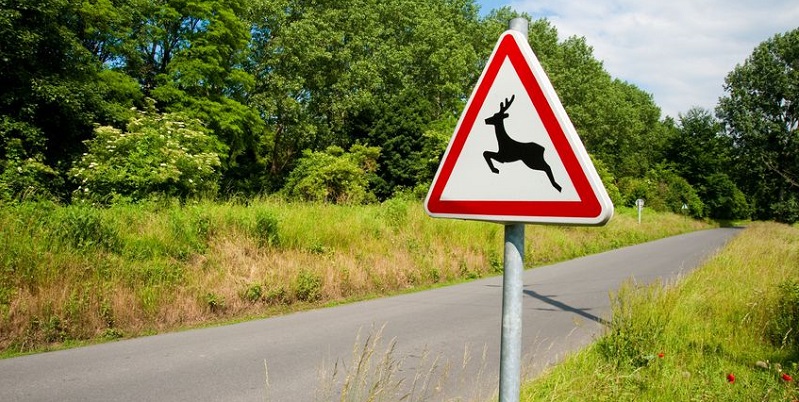Nearly 7,000 animals died on Colorado roads and highways in 2016 due to accidents involving automobiles. More than 4,600 deer and 532 elks were included.
Colorado’s Creatures Don’t Look Out for You
It’s easy to forget that while driving through Colorado’s beautiful, wild mountains and woods that wildlife share that terrain and have no respect for roadways or your car. Because animals can’t be careful, you need to be doubly so.
A Seasonal Hazard
Colorado’s abundance of elk, deer, and other wildlife living in rural and urban areas means that residents need to be especially careful as wildlife migrate to warmer areas. November is usually when migratory roadkills reach their peak, according to the Colorado Department of Transportation. The agency collects incident reports from police agencies across the state and sees thousands of Colorado auto accidents involving small and large animals each year.
CDOT reported the road deaths of 6,969 animals of all sorts in 2016. Among those were 4,617 deer, 532 elk, and nine bears. The numbers reflect only those deaths reported to police.
So as a result, CDOT warns the public each fall to be aware, drive cautiously, and slow down, especially at night when most of these collisions occur. Drivers may encounter wildlife on the road at any time, however. When one or two animals are around, there are usually others to avoid. When driving at night, careful drivers can scan the road to look for shining reflections of the animals’ eyes. It’s most important to slow down and concentrate on maintaining control of your car or truck — before, during, and after such a collision.
A Growing Price
Nationally, vehicle insurers pay almost $1.1 billion each year for claims related to collisions with Colorado wildlife, CDOT said, citing statistics from the Rocky Mountain Insurance Information Association. Much of the cost is borne in the fall when collisions increase. The average crash cost was $3,103 in a recent sampling.
Danger Zones
Wildlife-vehicle crashes can happen anywhere in the state, but drivers should be extra careful while motoring through forests and farms, Colorado Parks and Wildlife says.
The agency identified some high-risk areas where drivers should be especially cautious:
- Interstate 70, In Floyd Hill, Mount Vernon Canyon and Eagle.
- S. 285 in Morrison
- Highway 160, from Durango to Pagosa Springs and from Durango to Mancos
- Highway 550, north of Durango and from Montrose to Ouray
- Interstate 25, from Castle Rock to Larkspur
- Highway 82, from Glenwood Springs to Aspen
- Highway 36, from Boulder to Lyons
- Highway 93, from Golden to Boulder.

